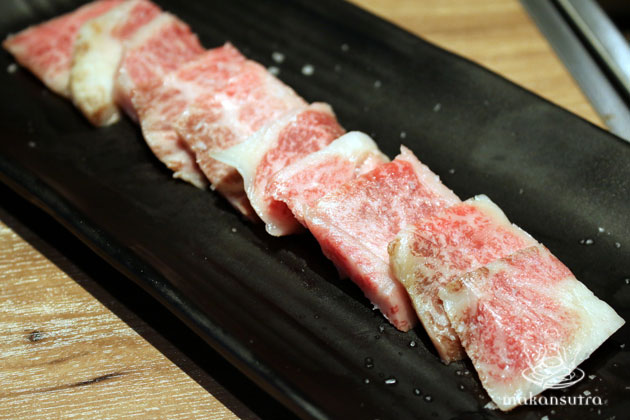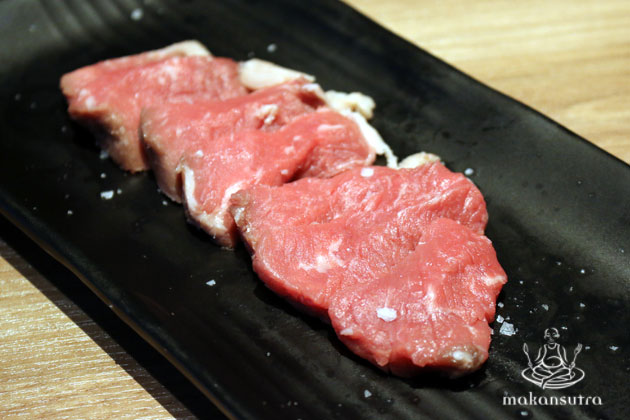
Demystifying Dry-Aged Beef
By Catherine Ling - Friday, Dec 16, 2016
If you mention dry-aged beef to foodies, you’ll see their eyes gleam. But what is it about this (expensive and hard to get) meat that makes it sought after?
Simply put, it’s the tenderness and depth of flavour.
Beef that has been dry-aged loses considerable moisture (up to a third of its weight), so all that umami beefy goodness is concentrated. During the aging process, enzymes naturally present in the muscle also break down the connective tissues, so the meat ends up tenderer. Microbes also help with this task.
Dry-aging takes a minimum of 14 days for any perceptible flavour change to take effect. Some are aged even longer, like 28 days, for a more concentrated flavour. Extreme aging in 60-120 days is not unheard of, but the merits of overaged beef is debatable.
The beef takes on a darker and drier appearance. The outer layer dries out to a crust. This has to be trimmed because the texture is jerky-like and mold tend to form on the crust (don’t worry, it’s a good thing; it gives beef that nuttier taste).
All this trimming and evaporation means quite a bit of product shrinkage, thus leading to a higher cost per weight price tag.
In the late 60s and early 70s, wet-aging became possible by packing beef in vacuum sealed plastic. This was a faster and more cost effective process that ensured no shrinkage. Its popularity edged out dry-aging as the main method of processing beef. Most regular beef today are wet-aged. However, with wet-aging the meat lies in its own juice, so the resulting taste can be more bloody, metallic and sour. So dry-aged meat still has an edge in the flavour department.
Because the process is long, expensive and laborious, dry-aged beef isn’t commonly available in supermarkets here. In fact, before Emporium Shokuhin came along, you could barely find locally dry-aged beef on the retail scene.
Some restaurants like Skirt at W Sentosa and Opus Bar & Grill (formerly Checkers Brasserie) at the Hilton Singapore have their own dry-aging cabinets but serve the meat only for dining in.
I spoke to Ryan Goh, meat specialist at Emporium Shokuhin to learn more about dry aging.
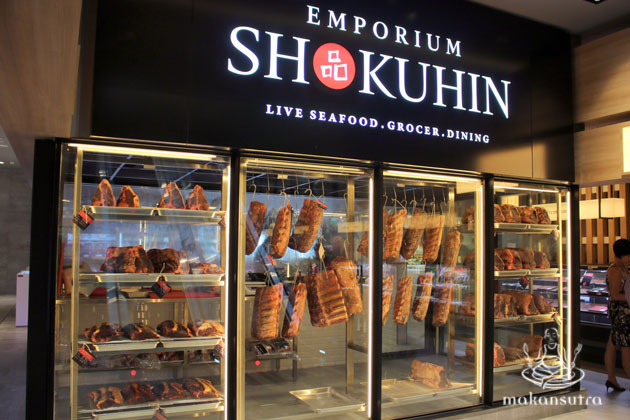
Did you know all beef has to be aged a little before we can eat it? Unlike pork and chicken, meat from freshly slaughtered cattle will be too tough and bland. So no, it isn’t better to have them BBQ right after killing. It needs to be hung up for at least a few days before cutting into smaller parts.
For centuries in Europe, beef has been dry-aged by hanging in the open air – the climate was perfect. It was a method of preservation, as the beef could also be kept longer.
But to minimise spoilage, you’ll need a climate controlled room – usually at temperatures between 1-4 degrees C and 55-60 per cent humidity. Sometimes, salt blocks are used to help wick away moisture.
“Primal meat (large portions like prime rib and short rib) are hung up on hooks. Sub-primal meat (smaller cuts like shoulder, leg, fatty and meaty parts) can be dried on wire racks, so that the blood drips away and doesn’t stain or contaminate the meat,” says Ryan. “We don’t use oxtail because there are too many bones; shin shanks because of veins and gristle; and tenderloin, because it’s already tender.”
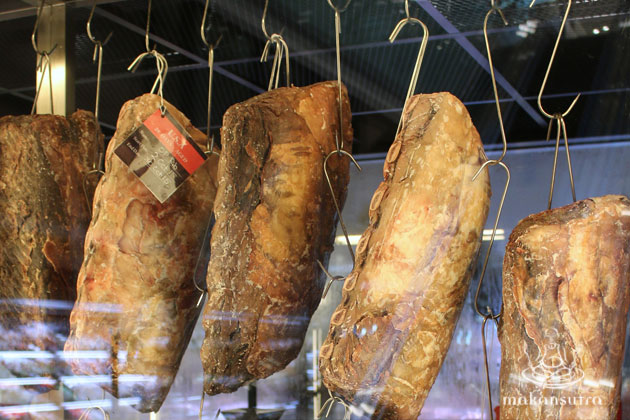
Could you stick a piece of meat in your fridge and dry age it? It’s not so simple.
Too much humidity, and your meat will be crawling with bacteria. Too little and it will dry out too fast (without tenderness) and shrink too much. Temperature control is also essential – too high and you get the bacteria count again; too low and the aging process will be protracted.
Ryan says intuitive feel plays a large part in determining whether the meat is ready to come out of the aging cabinet. He does a surface touch test to check the firmness every few days. The quality of meat chosen to go into the dry-aging room is also essential. If bad meat goes in, time and energy would be wasted in aging it.
Grass fed beef may have earned its more gamey reputation because it has been aged too long; it has high levels of alpha-linolenic acid which is volatile and reacts easily to form “rancid” flavours.
Grain fed beef tends to do better with aging as it has a more even distribution of fat and lower levels of alpha-linolenic acid.
Steaks that have been aged too long can have a blue cheese taste, thanks to the mouldy blue fuzz that appears on the exterior fat. How desirable this funky aspect is dependent on the individual.
“Dry-aging is mostly reserved for beef. You don’t age veal or lamb. They are already tender. Chicken and pork are better fresher,” says Ryan.
Ryan says the best way to enjoy dry-aged beef is to fire up a charcoal grill.
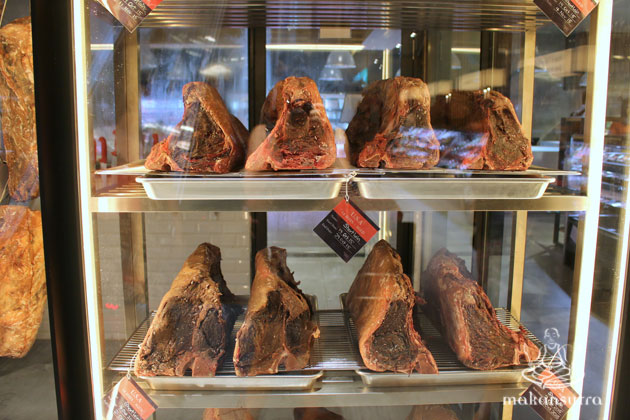
Is there really a difference in the taste between regular beef and dry-aged beef? Well, when tested side by side, yes. Dry-aged beef is more mellow and easy to chew with a brown-roasted beefy flavour. Of course, other factors like cattle genetics, how fast they put on weight while growing, and stress affect the meat tenderness.
Is it worth the premium price tag? Well, perhaps for a special occasion, or as an added highlight. At least now you can buy dry-aged beef and cook it yourself, instead of paying top dollar at a fancy steakhouse.

